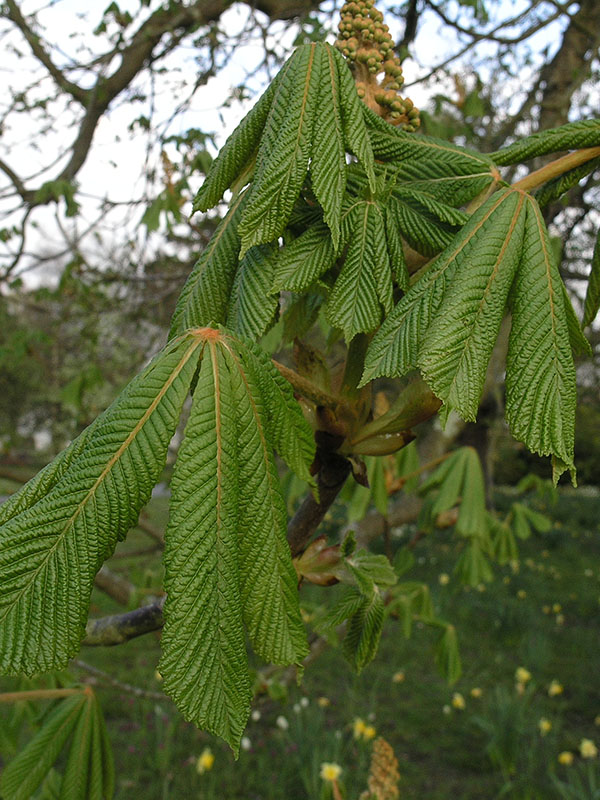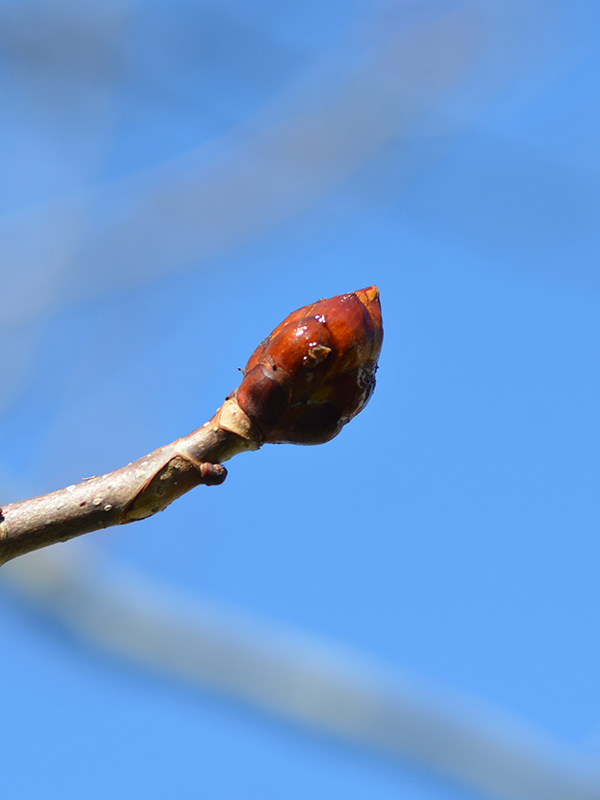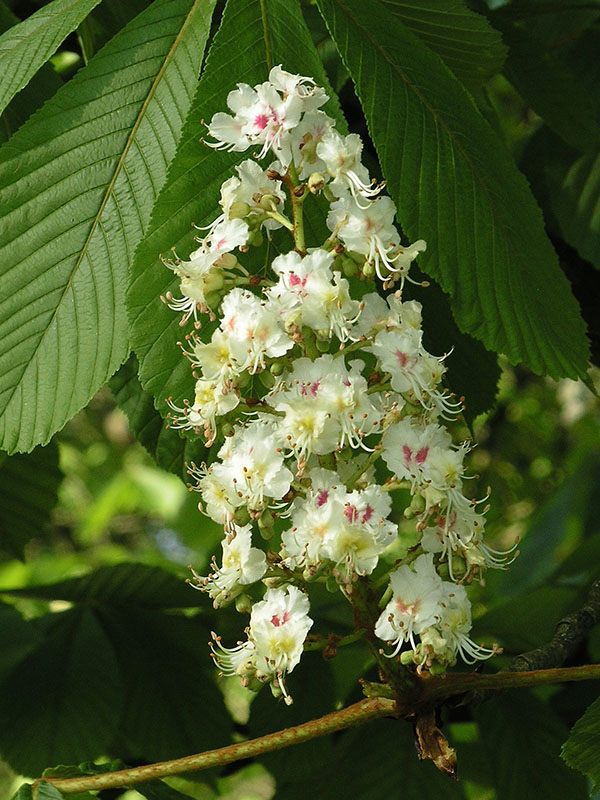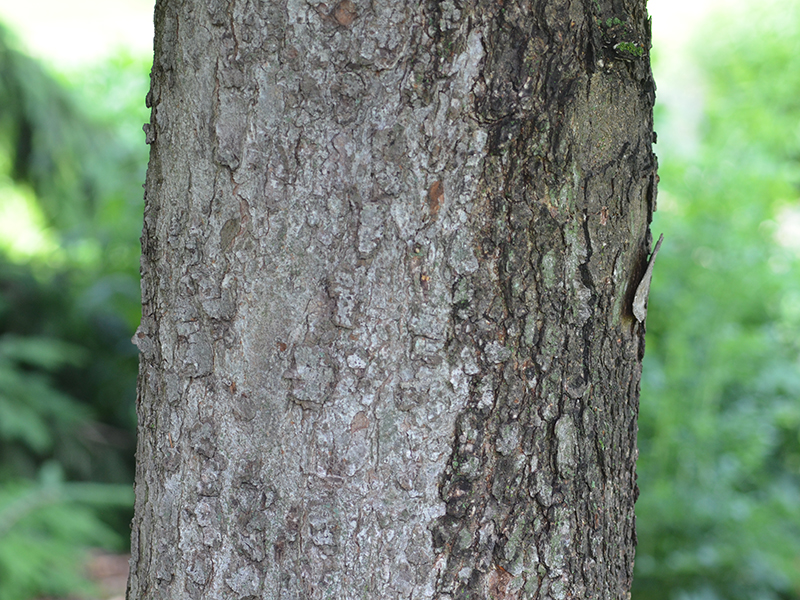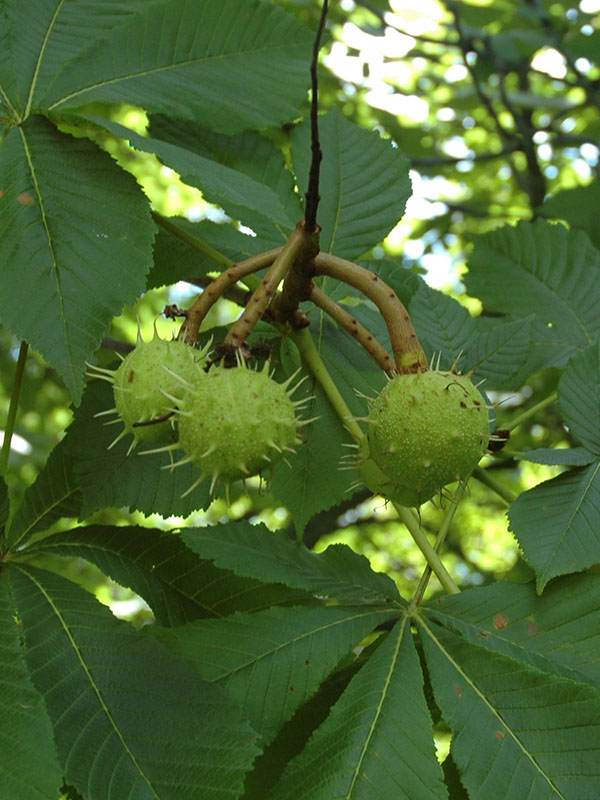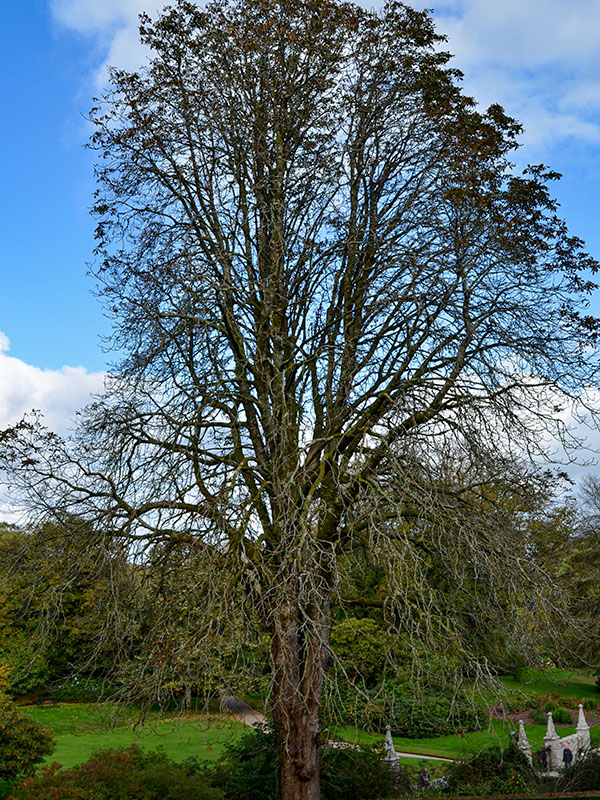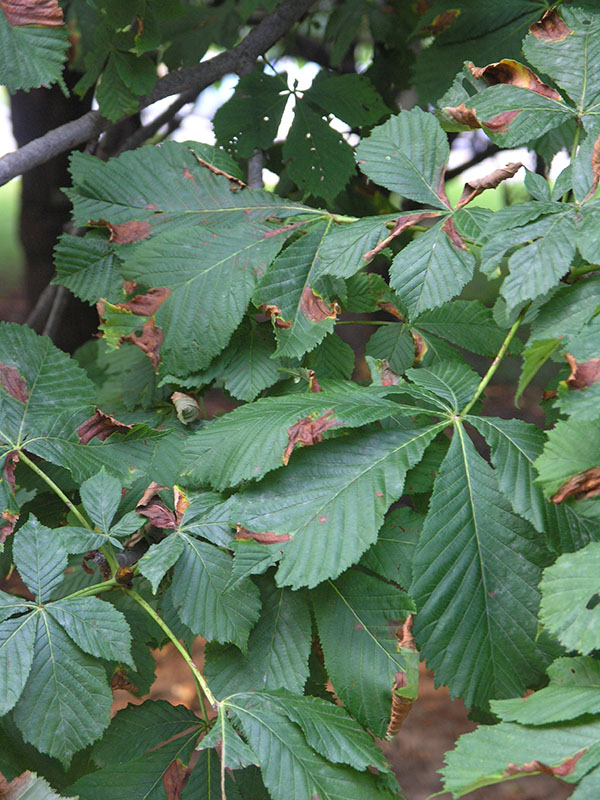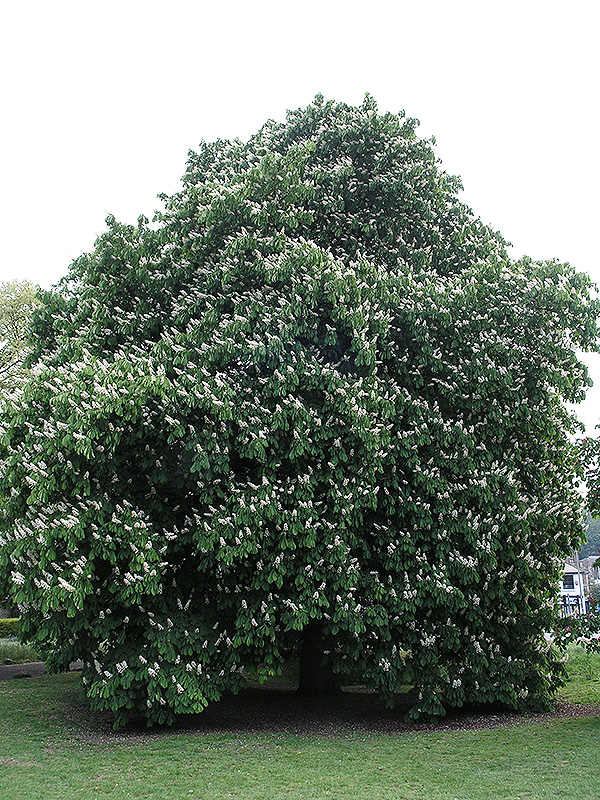
Woody > Aesculus > Aesculus hippocastanum > Aesculus hippocastanum
Aesculus hippocastanum
Common Horsechestnut
Origin: Europe, including Greece and Albania, frequently naturalized.
Mike's
Opinion


"
A European native that at maturity becomes quite a regal specimen with its broadly pyramidal-rounded form and branches that ascend to the ground; it is spectacular in bloom. It does produce the typical chestnut fruit which can be a litter problem and suffers from extensive leaf anthracnose, other than being unsightly at this stage it does little to no damage the tree since it occurs late in the season. I grew up playing the game of conkers with the nuts from this species in Cornwall, England.
Michael Pascoe, NDP., ODH., CLT., MSc. (Plant Conservation)
"
| Family |
| Sapindaceae (Hippocastanaceae) |
| Genus |
| Aesculus |
| Species |
| hippocastanum |
| Category |
| Woody |
| Type |
| Tree (deciduous) |
| Pronunciation |
| USDA Hardiness Zone |
| 4 - 7 |
| Canadian Hardiness Zone |
| 2a - 7a |
| RHS Hardiness Zone |
| H5 - H7 |
| Temperature (°C) |
| -35 -(-12) |
| Temperature (°F) |
| -30 - 10 |
| Height |
| 30 m |
| Spread |
| 15 m |
Photographs
Description and Growing Information
Flowering Period
| General Description |
| Broadly pyramidal-rounded form with branches ascending to the ground. Spectacular in bloom. |
| Landscape |
| As a specimen, park or landscape tree on a large property. |
| Cultivation |
| Tolerant of a wide variety of conditions but likes adequate moisture in our summer droughts. Does not like waterlogged soil. |
| Shape |
| Large, pyramidal to rounded crown. |
| Growth |
| Medium |
| ID Characteristic |
| Large palmate leaf, with brown hairs on the upper surface of the leaf axil. Produces the typical chestnut fruit. |
| Pests |
| Extensive leaf blotch (Guignardia aesculi) but does little damage to the tree since it occurs late in the season and hence does not warrant control. Symptoms are irregular brown blotches with light yellow borders, with severe infections causing premature leaf drop. Remove and dispose of all fallen leaves in the autumn, do not compost. Prone to horse chestnut leaf miner (Cameraria ohridella). |
| Bark/Stem Description |
| Dark grey, forming large flat plates. |
| Flower/Leaf Bud Description |
| Very large, up to 1 cm, globose, acutely pointed, and resinous. |
| Leaf Description |
| Large palmate leaf with brown hairs on the upper surface of the leaf axil. |
| Flower Description |
| 20 cm panicles held candelabra fashion above the foliage. |
| Fruit Description |
| Produces the typical chestnut fruit, 1-3 large brown nuts held in a dark green, spiked capsule. |
| Colour Description |
| Little autumn colour since the tree by this time is severely infected with leaf blotch, giving the leaves a rust appearance and texture: ugly. |
| Texture Description |
| Coarse textured tree. |
| Notable Specimens |
| Lining the main drive at the Niagara Parks Botanical Garden (these were supposed to be the sterile cultivar Baumanii), Niagara Falls, Ontario, Canada. Wakehurst Place, Ardingly, West Sussex, England. Lanhydrock Gardens, Cornwall, England. |
| Propagation |
| Seed, 120 days at 5 °C, seed is recalcitrant and hence does not store for long. |

